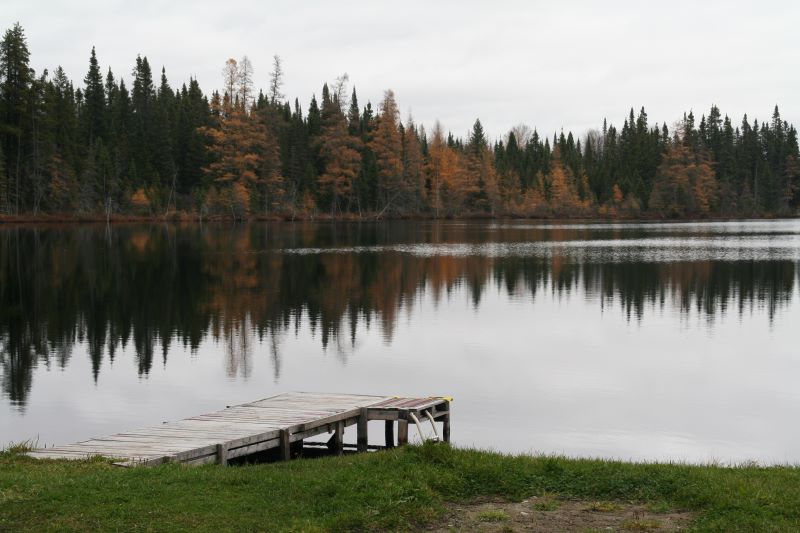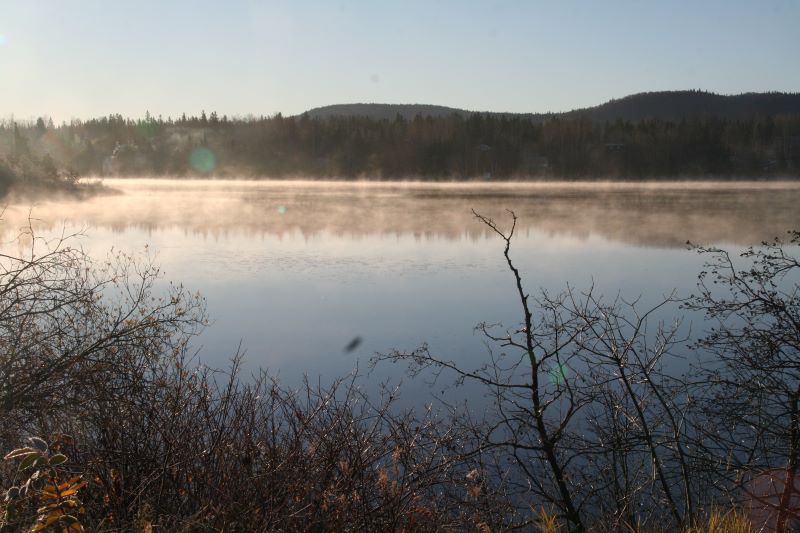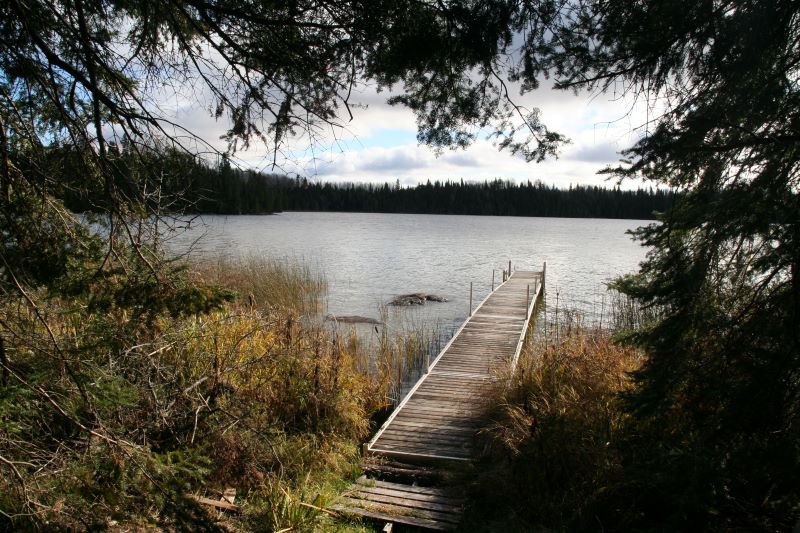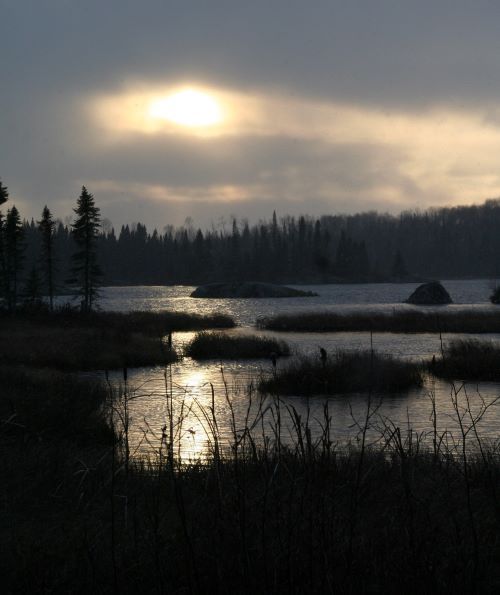DEEP-C
Carbon sink or methane source – local to global scale assessment of lentic waters’ role in the climate system
The Deep-C project aims to remove the barriers to our knowledge of the environmental, biological and socio-economic parameters and processes that control carbon fate in water bodies, a key component of the land-coastal zone continuum whose role in the C cycle is still poorly characterized. The main objective of Deep-C is therefore to assess the carbon balance (sequestration versus emission) of water bodies in their typological diversity and, by understanding the functional mechanisms governing the fate of organic C in these environments, to develop predictive models of their role in the C cycle at different spatial and temporal scales. Ultimately, the aim is to propose operational tools for reconciling the optimization of C sequestration in water bodies with the maintenance of biodiversity, which guarantees the provision of other associated ecosystem services.
Deep-C is based on the acquisition of a set of observational data (sequestration, emissions, mesological conditions, biodiversity) on sites geographically distributed in mainland France and Europe, covering large typological gradients (natural lakes, ponds, gravel pits, reservoirs, etc.), climatic gradients, gradients in land use and land cover and, more generally, gradients in anthropogenic influences, all of which are necessary to identify the main factors conditioning C sequestration in water bodies and to understand their mode of action.
Deep-C proposes an original strategy that combine spatial and temporal dimensions. It is based on the integrated development of observatory approaches (physico-chemical and biological monitoring, watershed characterization, climate, etc.) and retro-observatory approaches through the study of sedimentary records documenting system trajectories on decadal to multi-decadal scales. The Deep-C project also considers several functional scales, from the broad temporal and spatial scales, for which the aim is to identify and prioritise the main factors structuring the capacity of systems to sequester C, to the fine, stationary scales, where the focus is on the influence of mesological conditions and biodiversity on the fate of C in water bodies.
Deep-C is structured around 3 axes:
– A first axis aims to identify, at a fine scale, the biological mechanisms involved in the sequestration, recycling and emission of organic C stored in sediments, and to characterise the influence of mesological factors.
– A second axis aims to provide a quantitative estimate of current carbon sequestration in water bodies, to determine its spatial and long-term variability in response to changes in climatic, environmental and anthropogenic changes, and to characterise the impact of human activities during the industrial era.
– The third axis aims to develop models that take into account the mechanisms highlighted in axes 1 and 2, in order to provide more accurate estimates of the current (upscaling) and future (prediction) role of water bodies in the global carbon cycle.
Coordination : Jean-Philippe JENNY (CARRTEL, INRAE) and Laurent MILLET (Chrono-Environnement, CNRS)
Chrono-Environnement participants: Laurent MILLET, Hélène MASCLAUX, Valérie VERNEAUX, Damien RIUS, Valentin ESSERT, Julien AZUARA, Emilie GAUTHIER, Christophe MAVON, Christophe LOUP, Loic ANGONIN, Julien DIDIER
Research unit involved : CARRTEL (UMR INRAE 0042), EDYTEM (UMR CNRS 5204), IPGP (UMR CNRS 7154), Chrono-Environnement (UMR CNRS 6249), LEHNA (UMR CNRS 5023), EDB (UMR CNRS 5174), ISEM (UMR CNRS 5554), GEODE (UMR CNRS 5602), ÉcoSys (UMR INRAE 1402), SAS (UMR INRAE 1069), ISTO (UMR CNRS 7327)
Funders : Programme PEPR (Projets et Equipements Prioritaires de Recherche) FairCarboN, plan d’investissement France 2030
Project duration : 2023-2028
Key words : carbon cycle, water bodies, sequestration, emissions, controlling factors, biodiversity




